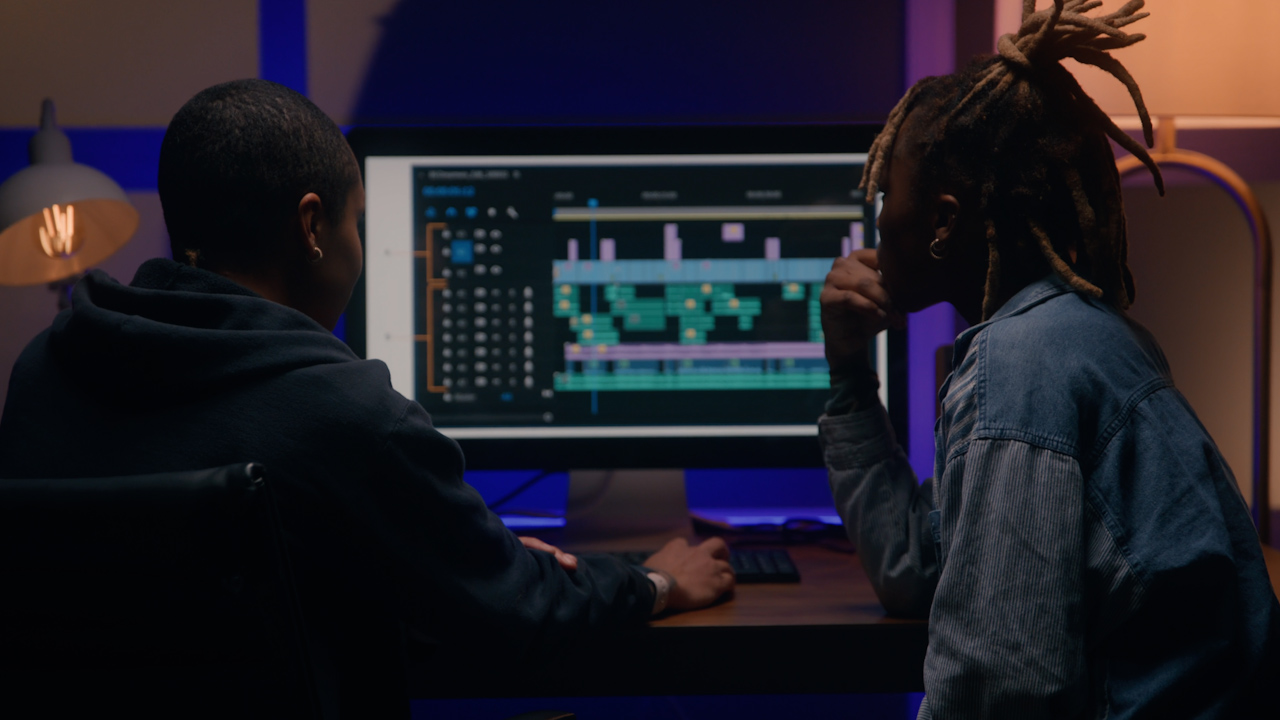
The Filmpac Ad Challenge
We know you work hard at your craft, and we want to invite you (yes YOU) to show us what you've got in our 10-day Ad Challenge!
Continue ReadingBy Kevin Graham
There are plenty of important technical terms in the world of video production: resolution, frame rate, aspect ratio, codec, interlacing, color space, etc.
In addition, there are a few relevant audio terms that every filmmaker should know. This video is going to focus on understanding sample rate, bit depth, and bitrate.
The sample rate of a digital audio recording refers to the amount of times per second that the signal is captured (similar to a video’s frame rate).

You can think of a sample as a very tiny slice of audio.
According to a widely-followed principle known as the Nyquist Theorem, a signal can be perfectly reconstructed when it’s sample rate is at least twice as high as the highest frequency (in other words, pitch) in the sound being captured.
The human ear can hear up to approximately 20kHz, which is why 44.1kHz and 48kHz are the most popular sample rates in media today.
In video, 48kHz is the standard.
While sample rate refers to the amount of samples contained in an audio recording, bit depth refers to the amount of binary digits in each one of those samples.

In other words, bit depth determines how closely each sample resembles the original sound, in terms of how many levels of audio are possible within that sample..
The main benefit of a higher bit depth is a higher dynamic range in your recording.
Generally, each bit represents 6dB of dynamic range, so a 16-bit file amounts to 96dB of dynamic range, 24 to 144dB, and so on.
For video, a bit depth of 24 bits is industry-standard.
This is probably the most confusing of these three terms. Bitrate refers specifically to the data throughput of a compressed file (such as an mp3) per second during playback.

This is different from the sample rate, which refers to the amount of samples captured each second during the recording process.
The more bits per second, the higher-quality the audio file will be. Most CDs have a bitrate of 1,411 kilobits per second (Kbps), and mp3s usually range from 96 Kbps to 320 Kbps.
For the average listening system, 320 Kbps is more than enough.

A basic understanding of these technical terms, and knowing the industry-standard settings for each, will go a long way during the export process.
Kevin is the Music Director and Lead Composer at Filmpac

We know you work hard at your craft, and we want to invite you (yes YOU) to show us what you've got in our 10-day Ad Challenge!
Continue Reading
When it comes to professional video editing in the 2020s, two powerful software options stand out: Adobe Premiere Pro vs. DaVinci Resolve.
Continue Reading
As content creators, the computers we use to edit our videos are just as important as the cameras we use to film. Here are our favorites.
Continue Reading
By far, the two most common frame rates in modern American video editing and production are 24fps and 29.97fps. Here's the difference.
Continue Reading

One of the most difficult parts of being a professional filmmaker is effectively managing and budgeting your time.
Continue Reading
Want to make money selling footage through a major stock footage platform like Filmpac? This page will walk you through the processs.
Continue Reading
Virtual reality could be the biggest shift in the way we consume our content since the proliferation of the smartphone.
Continue Reading